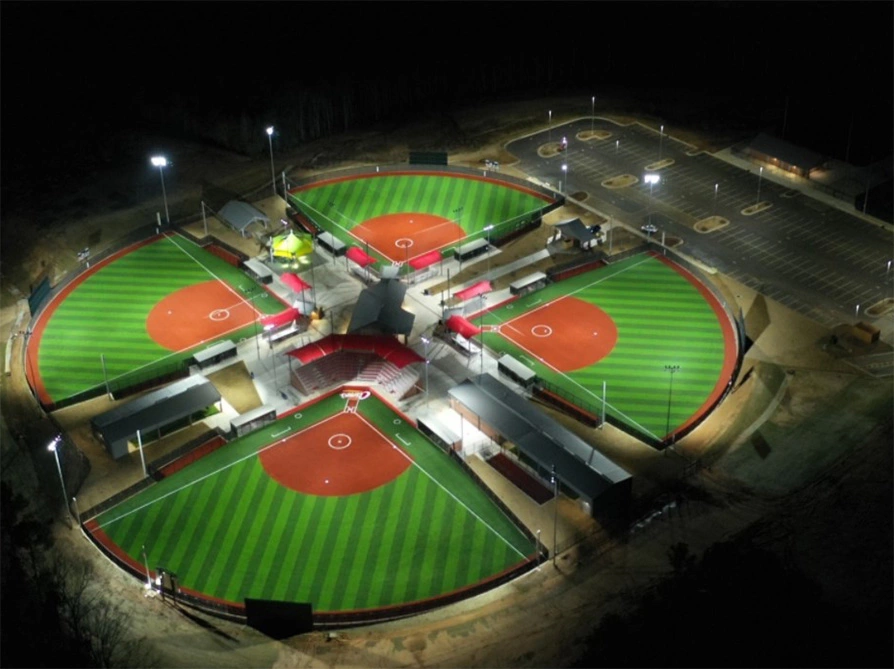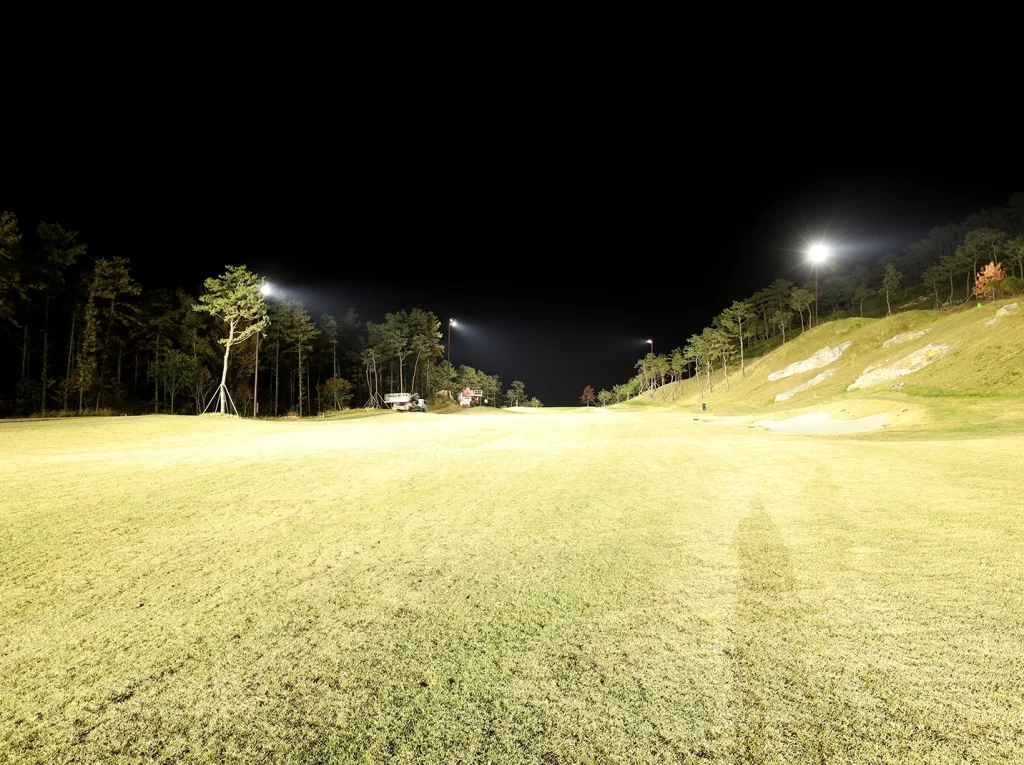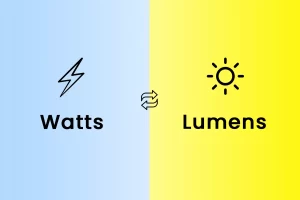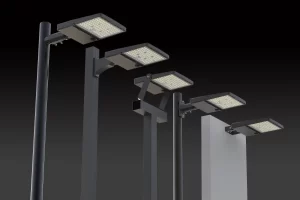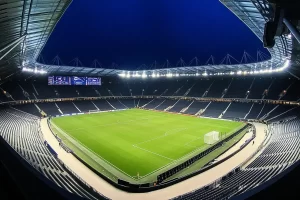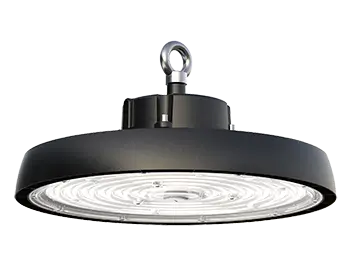Introduction
What is Architectural Lighting?
Imagine walking into a building and being immediately captivated by the interplay of shadows and highlights, the warmth of a space, and the emotion it invokes. This magic? It’s not just about the structure. It’s about the strategic use of light. Architectural lighting refers to the use of light sources, both artificial and natural, to enhance and complement the architectural features of a space.
Its significance in modern design
The modern design era places a huge emphasis on experience. Beyond just looking good, spaces must feel good. Light has a unique ability to shape these feelings, making architectural lighting an integral part of the modern design toolkit.
Historical Context
Evolution of lighting in architecture
Light has always been a key element in architectural design, from the use of natural sunlight in ancient temples to the advent of artificial lighting in the industrial age. But today, with advancements in technology and design thinking, architectural lighting has elevated from being a mere necessity to an art form.
Benefits of Architectural Lighting
Enhancing Aesthetic Appeal
Ever noticed how a single beam of light can transform a plain wall into a masterpiece? Architectural lighting accentuates the beauty of a space, highlighting key features and creating visual depth.
Functional Benefits
Beyond aesthetics, well-designed lighting ensures that spaces are usable and safe. For instance, a well-lit staircase minimizes the risk of accidents.
Psychological Impact
Did you know lighting can influence how we feel? A dimly lit room might feel cozy and intimate, while a brightly lit office space can boost productivity.
Key Elements of Architectural Lighting Design
Light Color and Temperature
Warm lights can create a cozy atmosphere, while cooler lights often feel more modern and clean. Designers balance these to achieve the desired ambiance.
Light Intensity and Distribution
It’s not just about how bright the light is, but where it’s directed. For example, targeted lighting can make a piece of art stand out in a room.
Integration with Overall Design
Remember, it’s not just about the light fixtures. How they integrate with the architectural elements and the purpose of the space is crucial.
Trends in Architectural Lighting
Sustainable and Energy-Efficient Designs
As the world leans into sustainability, architectural lighting has also seen a shift. Solar-powered lights, LED technology, and other energy-efficient solutions are the talk of the town.
Smart Lighting Solutions
Imagine lights that change intensity based on the time of day or can be controlled with a smartphone. Welcome to the era of smart lighting!
Organic and Nature-inspired Forms
There’s a renewed appreciation for designs that mimic nature, with lights shaped like leaves or resembling flowing water.
Challenges and Considerations
Technical Hurdles
Incorporating cutting-edge lighting solutions is not without challenges. Technical know-how, installation complexities, and maintenance can be hurdles.
Economic Factors
Revolutionary designs often come with a hefty price tag. Balancing budget constraints with design ambitions is an ongoing challenge.
Environmental Concerns
With the global push towards sustainability, designers need to consider the environmental impact of their lighting solutions.
Conclusion
Architectural lighting is much more than just illuminating a space. It’s about invoking emotion, ensuring functionality, and redefining modern design. As technology evolves, the possibilities in this field are limitless, promising a brighter, more beautiful future for all spaces.
FAQs
What is the main purpose of architectural lighting?
Its primary goal is to enhance the architectural features of a space, ensuring both aesthetics and functionality.
How does lighting impact our mood in a space?
Lighting can create various atmospheres, from cozy and intimate to vibrant and energetic, influencing our emotions and perceptions.
Are LED lights a popular choice in architectural lighting?
Yes, LED lights are preferred due to their energy efficiency and versatility in design applications.
How do designers ensure that architectural lighting is sustainable?
Designers opt for energy-efficient light sources, incorporate natural lighting, and utilize smart technology to reduce energy consumption.
Can I control architectural lighting with smart technology?
Absolutely! Many modern systems allow for integration with smart home systems, letting you control lighting remotely.



